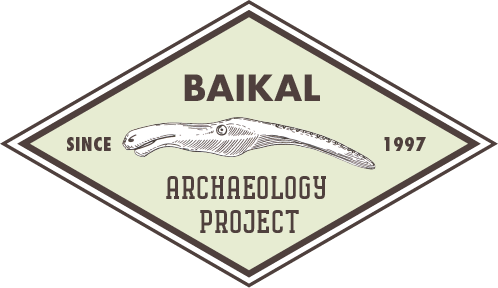Some great BAP news to share in the new year of 2021!
Congratulations to Drs. Nour M. Moussa, Hugh G. McKenzie, Vladimir I. Bazaliiskii, Olga I. Goriunova and Andrzej W. Weber on the recent publication of their article in Archaeological Research in Asia!
Title: Insights into Lake Baikal’s ancient populations based on genetic evidence from the Early Neolithic Shamanka II and Early Bronze Age Kurma XI cemeteries
Authors: Nour M. Moussa, Hugh G. McKenzie, Vladimir I. Bazaliiskii, Olga I. Goriunova and Andrzej W. Weber.
Abstract: Although previous ancient DNA research has contributed to the investigation of middle Holocene culture history and population dynamics in the Cis-Baikal, most of this work has been limited to the Angara valley and southwest Baikal, with only restricted genetic analysis of skeletal materials from the Little Sea microregion. In this paper, we expand upon initial findings by analyzing new mtDNA results from the EN/EBA Kurma XI cemetery (Little Sea area) and the EN Shamanka II cemetery (southwest Baikal). Our results not only contribute to the regional dataset, but also challenge previous findings. First, haplogroup Z was found for the first time in the ancient population of Cis-Baikal. Second, our data provide tentative support for the idea that an exogamous and/or patrilocal marriage pattern might be detectable at the Early Bronze Age cemetery Kurma XI. Third, our results indicate that the EN population of Cis-Baikal may not be as homogeneous in maternal origin as was previously suggested. Similarly, there seems to be less continuity between the Late Neolithic and Early Bronze age samples than previously thought, which further justifies the separation of these groups for future analyses. Finally, our data indicate that the maternal genetic background of the Early Bronze Age sample from Kurma XI is closer to that of known Early Neolithic groups than it is to those from the Late Neolithic or Early Bronze Age. This observation is surprising and, if correct, would seem to directly contradict the previous suggestion of a Middle Neolithic genetic discontinuity. These new findings complicate our understanding of the relationships between middle Holocene populations in the Cis-Baikal.
Congratulations to Nour and co-authors!


